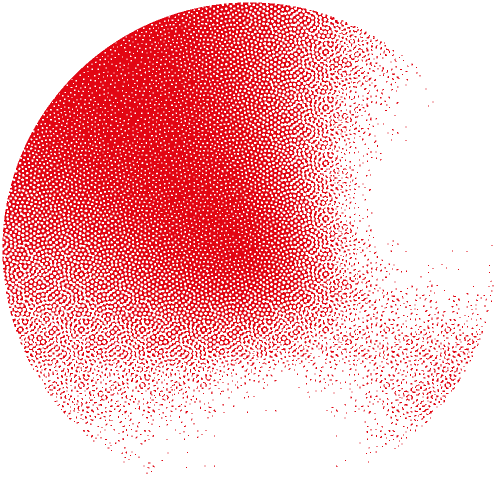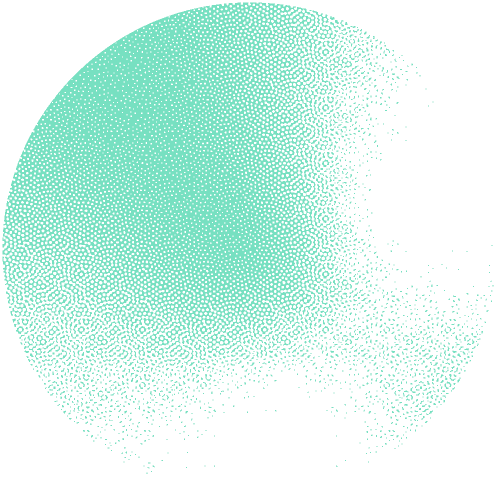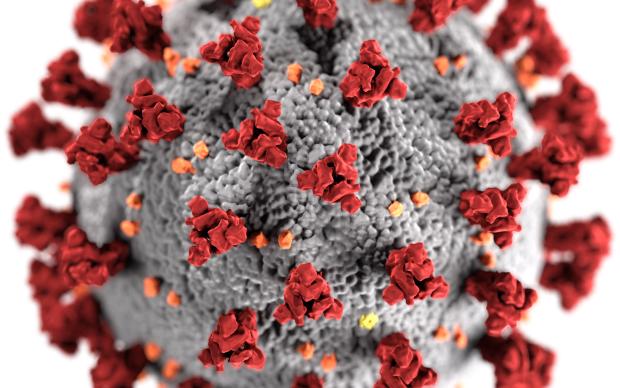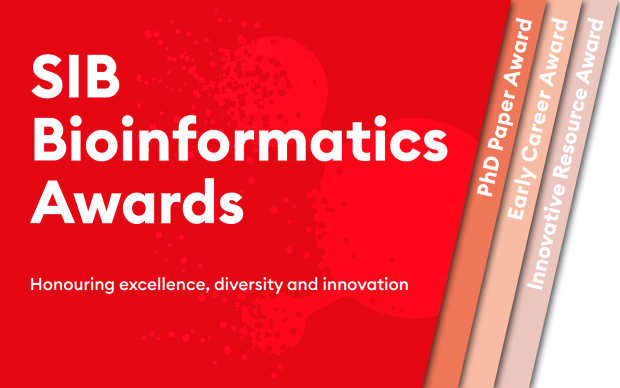

The main research interest of the Genome Systems Biology (GSB) Group is the structure, function, and evolution of the genome-wide regulatory networks that cells use to control their gene expression state. Typical questions that we are trying to address include: How are the regulatory networks encoded into the genome sequence? How is this regulatory code read out by the cell? How have these regulatory networks evolved? And, are there general `design principles' to these regulatory networks? Another key interest of our group is the identification of general quantitative laws in genome evolution.
We have developed a number of computational tools for automatically reconstructing gene regulatory networks from high-throughput data, which are made available through the SIB.
The group develops the SIB Resource Swiss Regulon, a regulatory genomics portal



